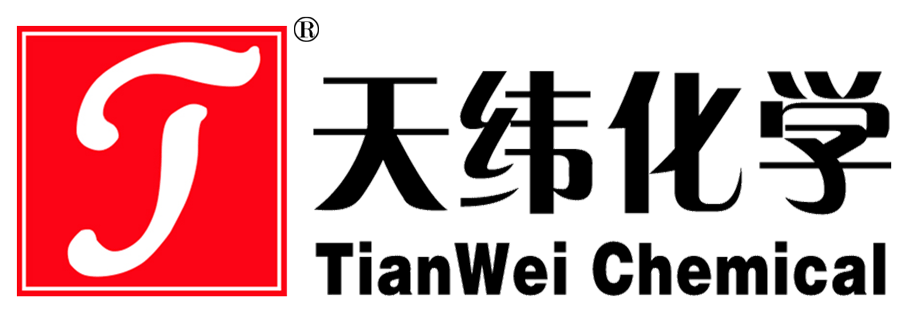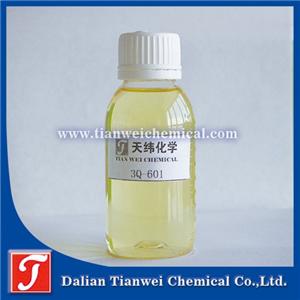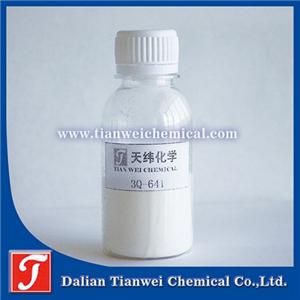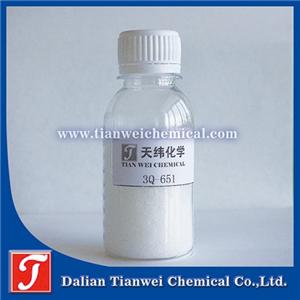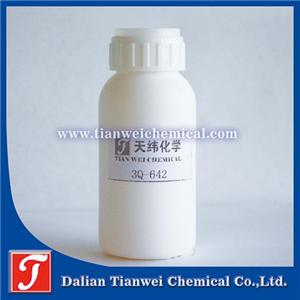The application fields of antibacterial and antifungal agents for foaming materials
Foam material antibacterial and antifungal agents are a type of chemical substances that inhibit the growth and reproduction of bacteria, molds and other microorganisms in foam materials through physical or chemical mechanisms. Its core function is to disrupt the cellular structure of microorganisms (such as cell walls and cell membranes) or interfere with metabolic processes (such as inhibiting enzyme activity), thereby blocking their ability to divide and reproduce, and even directly killing the microorganisms. This type of additive can significantly reduce the performance degradation (such as cracking and decreased resilience) and hygiene risks (such as odor and cross-infection) of foaming materials caused by microbial erosion.
Application fields and specific functions:
The field of sports goods
Yoga MATS and sports floor MATS: After adding antibacterial and antifungal agents, they can inhibit the growth of bacteria such as Staphylococcus epidermidis and Corynebacterium in sweat, as well as molds that are prone to occur in damp environments (such as penicillium and Aspergillus). For instance, the nano-silver antibacterial agent penetrates the bacterial cell membrane by releasing silver ions, achieving continuous sterilization for 24 hours. The total number of colonies can be reduced from the initial value of 1.2×10⁵ CFU/cm² to below the detection limit (< 20 CFU/cm²), which is far below the national standard of ≤500 CFU/cm².
Shoe materials: Foaming antibacterial agents (such as quaternary ammonium salts) can be added to foaming shoe materials like EVA and PU. By destroying the phospholipid compounds of bacterial cells, they inhibit their division function and simultaneously block the respiratory channels of microorganisms, achieving antibacterial and deodorizing effects. Such additives have the ability to kill Gram-positive bacteria, Gram-negative bacteria, fungi and yeasts, and the bacteria are less likely to develop drug resistance.
In the field of household cleaning and daily necessities
Cleaning products: Foaming agents containing antibacterial agents (such as hand sanitizers and dishwashing liquid) can eliminate bacteria through a dual mechanism of physical adsorption and chemical destruction, keeping the home environment clean. For instance, after quaternary ammonium salt antibacterial agents bind to the bacterial cell membrane, they can rapidly penetrate the membrane system, causing the intracellular substances of the bacteria to flow out.
Disposable tableware: After adding antibacterial and antifungal agents to foaming materials such as polystyrene foam board (EPS), it can inhibit the growth of microorganisms caused by food residues, extend the shelf life of tableware, and at the same time reduce the risk of material degradation caused by mold erosion.
Packaging field
Food packaging: Foaming antibacterial agents can be added to plastics, adhesives and cellulose packaging materials to prevent food from being contaminated by mold by killing mold spores or preventing their germination. For instance, paper-plastic composite materials with azole fungicides added can be directly sprayed onto the surface of fruits and vegetables to form an antibacterial protective layer.
Industrial packaging: Foam materials such as polypropylene foam (EPP) and polyethylene foam (XPE), after adding antibacterial agents, can inhibit the growth of mold due to humid environments during transportation and protect the packaged items (such as electronic products and precision instruments) from corrosion.
The field of building materials
Sound insulation and thermal insulation materials: After adding antibacterial and antifungal agents to foaming materials such as polyurethane boards (PU) and extruded polystyrene boards (XPS), the reproduction of mold in damp environments such as building exterior walls and floor heating can be inhibited, avoiding the decline in material performance (such as reduced thermal insulation performance) and indoor air pollution caused by mold growth. For instance, the PU foam material containing silver ion antibacterial agents has an antibacterial activity value R of up to 3 (equivalent to an antibacterial rate of 99.9%), which can maintain the building's hygienic environment for a long time.
The field of medical devices
Surgical condoms and medical mattresses: Foaming antibacterial agents (such as polyhamethylene guanidine hydrochloride) can be added to foaming materials like polyurethane. By destroying bacterial cell walls or interfering with metabolic processes, they can prevent the growth of bacteria on the surface of medical devices and reduce the risk of cross-infection. Such additives need to pass certifications such as ISO 22196 (Japanese antibacterial standard) and ASTM E2149 (American antibacterial performance Test) to ensure safety and effectiveness.
